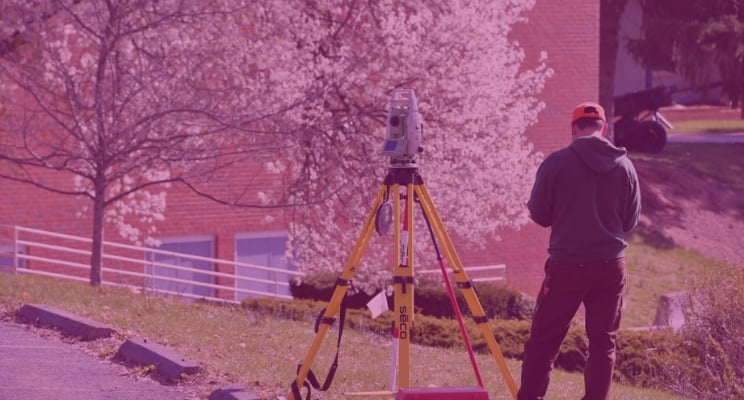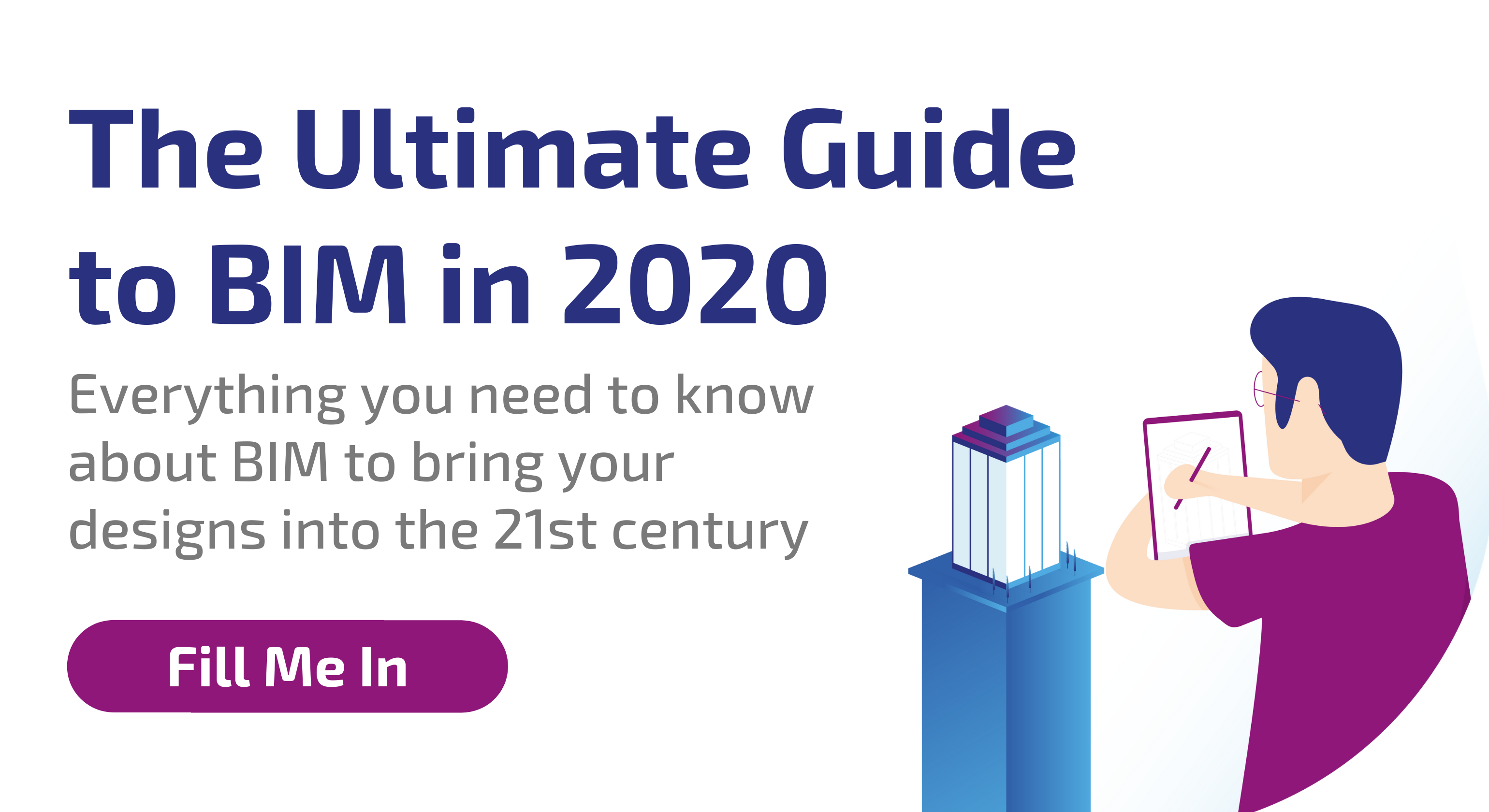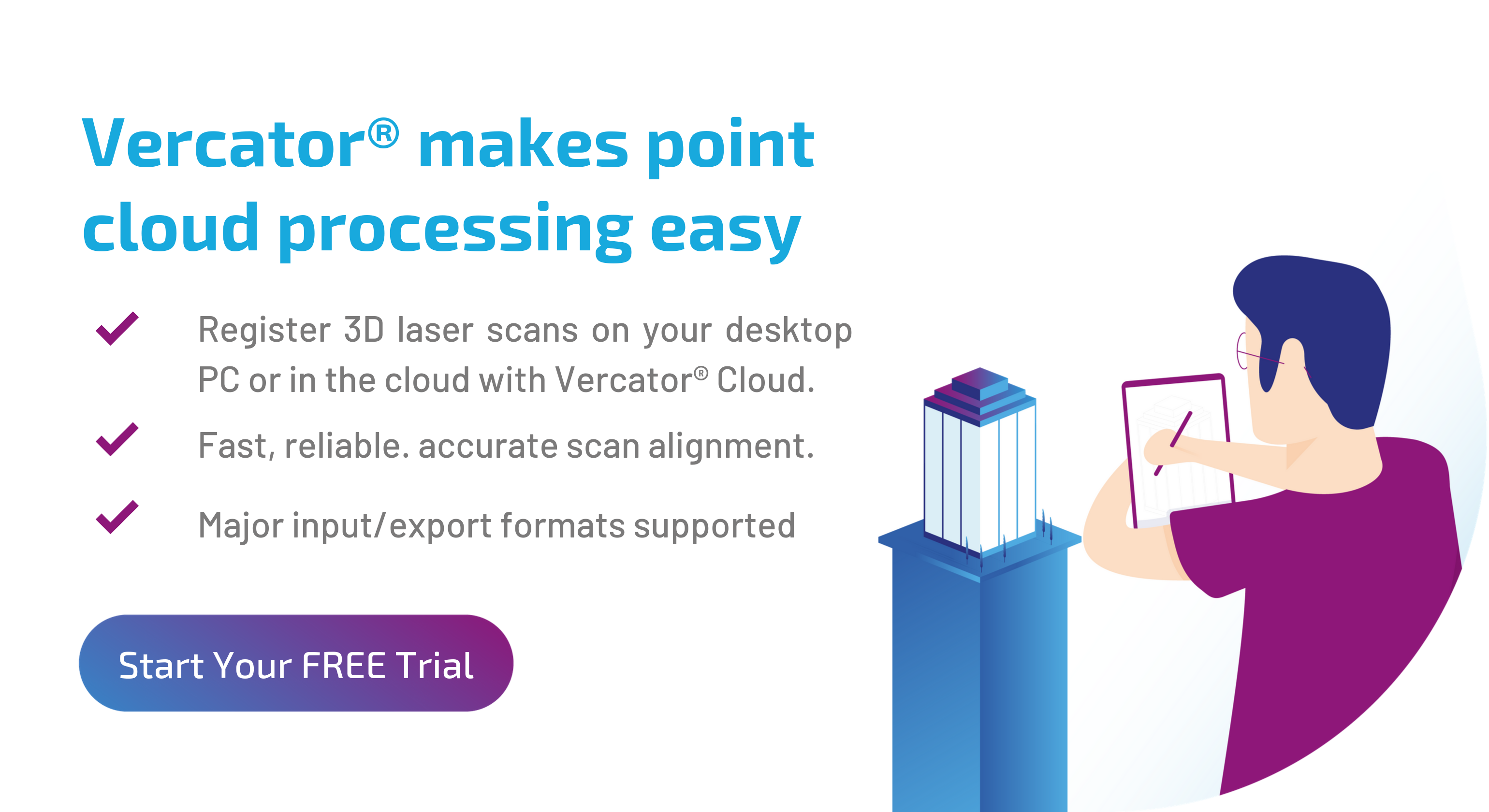2020 digital trends in 3D surveying: the cloud and point clouds

The construction sector is undergoing radical change. The industry is facing many challenges such as rising costs, tight project delivery and building sustainability. But, above all, it has to address the quality of construction and the need to constantly improve it processes.
Digitalisation will be crucial to making progress on these fronts, with 3D surveying and point clouds leading the charge. 2020 will mark a turning point in terms of innovation for the construction industry. We anticipate a particular focus on the cloud and point clouds, where we will see the delivery of new levels of speed, collaboration and real-time communication.
Tying together the main trends such as 3D printing, portable scanning, drones and AR/VR, to name a few, cloud technology and point clouds will definitely disrupt this sector. What was a promising innovation a few years ago is today a full-fledged trend.
Increasing speed
Across almost every sector, digital technology is the catalyst to increase speed and efficiency. Surveying is no different. The faster scans can be carried out with few process steps, the faster data can be processed and shared – and the less chance of misunderstandings and costly reworks down the line.
In the construction sector, more in-field scanning will be carried out and collated in the cloud as it is generated. The use of AR/VR will also have a greater impact as these cloud-based renderings can be viewed and experienced immediately by stakeholders - who will probably be nowhere near the site.
Most mobile devices, especially with the promise of 5G speeds, can take advantage of cloud technology anywhere and anytime. The cloud can accommodate, process and store almost limitless amounts of information which can be instantly shared. The key trend will be to do more in the field with less skilled people.
Drones and Robots
The speed of data acquisition, practically in real time, is one of the main reasons for drone and robot adoption in construction in particular scaled robotics. An interesting example is in the Tokyo Metro underground where drones are being used to make faster, more detailed inspections to reduce costs by spotting potential problems earlier.
Cloud-based software
For a long time, the public clouds did not have what point cloud applications needed: high bandwidth networking, surveyor specific SaaS (software as a service) applications and relatively inexpensive compute power and storage. Now, the major clouds (AWS, Azure and Google) have all the pieces in place so surveyors can take full advantage.
Up till recently, assembling the numerous point clouds recorded on site was a daunting prospect. The accuracy of the information resulted in large file sizes, all of which require aligning. Fortunately, machine learning and AI are becoming increasingly integrated into the scanning and registration process to make this a problem of the past.
The increasing use of technologies such as multi-stage, vector-based processing takes full advantage of cloud processing. The use of parallel programming exploits multiple threads on the cloud CPUs to make the time taken to register scans fall dramatically.
Need to share
To a large extent, the location of the data and its size is already starting to determine the location of the computer and applications. If there is a petabyte dataset sitting in the cloud, it is more than likely that you are not going to move it.
Whether collaborating on these datasets in real-time through online meetings or through shared workspaces, the anywhere-access of innovative cloud collaboration technologies will provide the framework for stakeholders to work as one team. By using these cloud collaboration tools, stakeholders gain 24/7 global accessibility, simplified deployment and maintenance, mobility and file syncing.
The emergence of BIM
BIM (building information management) is, without any doubt, one of the major trends in 2020, BIM is poised to be the catalyst for a fundamental change in the way we think, design, develop and manage a construction project.
The power of cloud processing will deliver faster, reliable, more accurate and affordable point cloud registration to the BIM community. With no need for hard- and software updates, computer performance issues and user concerns are eliminated and the accuracy of the building data can be relied upon.
Expect in 2020 to see an emerging data ecosystem where all BIM stakeholders gather and share project data, experience and knowledge. It will act as the ‘digital backbone’ for the construction process, from start to finish. Working in the cloud will increasingly mean taking advantage of efficiency and collaboration skills within a BIM workflow.
New fields to explore
Creating professional-grade 3D scans is becoming easier-and-easier. So much so, 3D scanning is moving into other fields beyond construction and surveying. Here are a few examples that will continue to grow in 2020:
Life Sciences
3D scanners can readily scan and image a human body, enabling more accurate and cost-effective customisation in cases where products must be individualized. One such use is in prostheses.
Consumer Products
3D scanning is making modeling and design capabilities available to the masses. With new technology, users are now able to take accurate scans of objects using just their mobile devices. On a larger scale, new apps with attachments for tablet devices are giving homeowners the ability to 3D scan their homes for DIY projects.
Media and Entertainment
In the entertainment industry, 3D scanners are being used to create digital models for video games and virtual filmmaking. 3D models are quickly and accurately being created by scanning real-world objects, including actors, instead of creating models from scratch.
Crime scene
Scanning technology is playing a greater role in improving the quality, speed and quantity of evidence collection; with an investigation concluded with a higher amount of certainty in a shorter amount of time. As an example, even taking the plaster impressions of shoe prints is moving to laser scanning. The original trace is usually destroyed by plastering, and the plaster needs time to harden. Portable laser scanners are now being used to provide fast and detailed no-contact images at the scene.
A year of convergence
It looks like 2020 will be the year we see the convergence of cloud, data science and scanning technology. Developments in laser scanning and point cloud processing are providing the impetus for a range of innovative technologies resulting in new processes, improved output and data quality. With more and more rich datasets being produced from sensors, devices and machines, and clever software being developed to process it, the future of 3D scanning will certainly be digital and cloud-based.
Tags: point clouds



